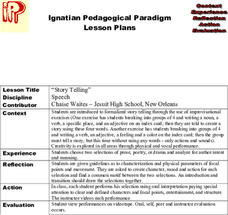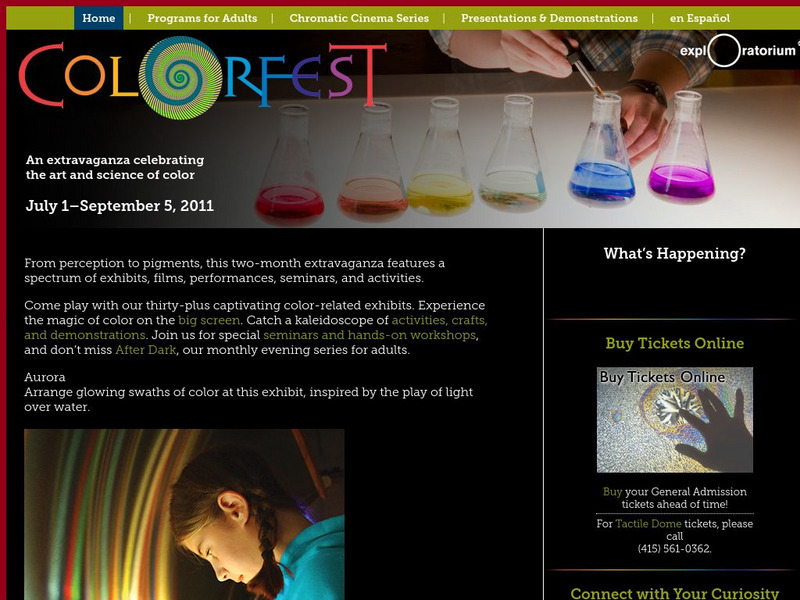Curated OER
Urban Concentration and Racial Violence
Students research one of the many urban race riots in U.S. history, from the New York City riots during the Civil War to the "Red Summer of 1919" or the hate-strikes of 1943. They present their findings in the form of a newspaper's front...
Curated OER
Three Chicago Painters: Visual Thinking Skills Activity
Students discuss the paintings of three Chicago painters. They are asked to observe their work and comment on it.
Curated OER
Story Telling
Students, through the use of 4 different improvisational exercises, discover how to tell effective stories. They chose 2 selections and perform them, using the interesting methods they learned.
Curated OER
Alligator Craft Paper Bag Puppet
Students make paper bag puppets. They use the puppets as a story teller and reader. Students use the puppets to ask questions during and after reading. They assemble their own puppet. Students use the puppets to introduce new themes,...
National Gallery of Art
National Gallery of Art: The Elements of Art: Color
Students will be introduced to color, one of the basic elements of art, through analysis of works of art by Monet, Matisse, and Kandinsky. Class discussion focused on these paintings will help students understand how artists use color to...
Minneapolis Institute of Arts
Arts Connect Ed Artist's Toolkit Encyclopedia: Color
An interactive site that explores the elements and principles of visual art through the artist's toolkit. This lesson is from the artist's encyclopedia entry for color and includes information on the color wheel, value, mood, natural...
Solomon R. Guggenheim Foundation
Guggenheim Museum: Looking at Art: Art Investigations: Color and Mood
How can colors affect the mood of a painting? Take a look at Josef Albers's "Homage to the Square" and respond to prompts asking you to observe the painting's color and how it would be different if the artist used different colors. A...
University of Manchester
Children's University of Manchester: Talking Textiles: The Color Wheel
Interactive resource explains primary, secondary, tertiary, and complementary colors, the symbolic content of color, and the relationship between color and mood.
San Francisco Museum of Modern Art
Sfmoma: Art Communicates Moods Through Line & Color
A lesson plan that has students creating simple images to represent different emotions. Also includes ideas for integrating language arts and social studies topics into the arts.
Other
Whitney Museum of American Art: Georgia O'keefe: Abstraction
Find a full-featured analysis of an abstract work by Georgia O'Keeffe that communicates many key elements of her art, such as her use of color, the inspiration she found in nature, and her approach to abstraction. Includes insightful...
Exploratorium
Exploratorium: The Art and Science of Color
This series of programs includes hand-tinted archival films, contemporary offerings by local artists, and films created by artists drawing and painting on the film surface itself. Featuring animated, documentary, and homemade works.
California State University
A World Without Color and a World With Color
This is a great way for students to experience the impact of color on our world and how moods can be created through different hues. Lesson plan includes a grading rubric.
University of California
Berkeley Art Museum and Pacific Film Archive: Cotton Pickers by Romare Bearden
The Berkeley Art Museum publishes an activity based on Romare Bearden's The Cotton Pickers that helps young learners identify the geometric shapes used in the composition. Also discusses the artist's use of color to evoke mood.
New York Times
New York Times: Interactive: Travels With Brice Marden
An audio slideshow that walks you through four studios where artist Brice Marden paints. Explains and illustrates the characteristic qualities of Marden's work. An excellent site for demonstrating how place and the quality of light at...











